Traveling is great, but you need to stay safe while doing it. Make sure you have what it takes for that by learning some top survival skills.
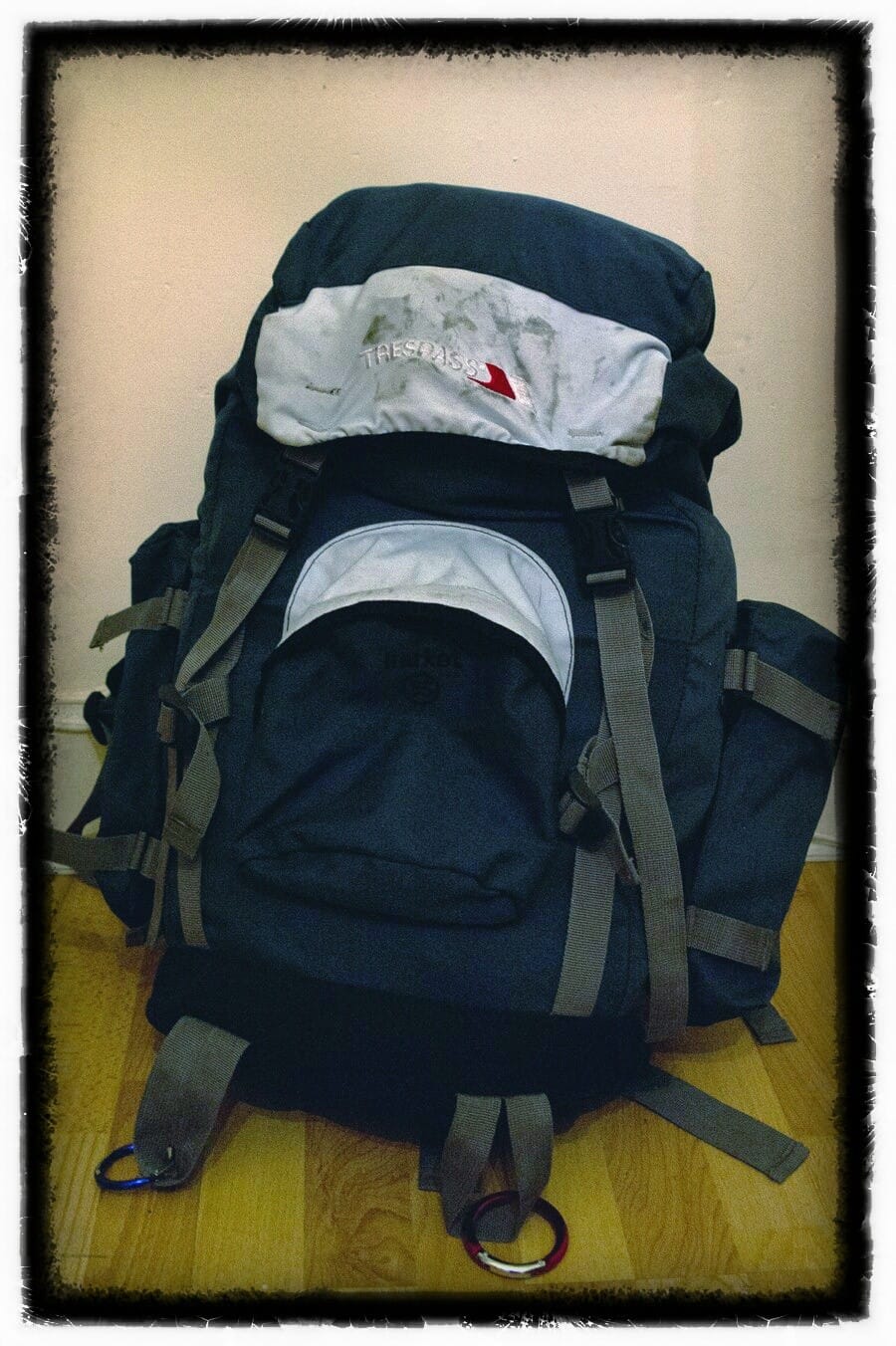
Organize your backpack
This doesn’t seem like much but it’s vital for preventing accidents. Place the bigger, heavier items at the bottom of the backpack, so they don’t destabilize you when you’re walking. Otherwise, you can end up with various pains and strains, or even fall down.
The things you need fast, like a pepper spray, water or a multi-tool should be kept handy.
Improvise a shelter
Find a bigger log and support it on a rock or on a bigger tree, then cover it with a tarp/ rain jacket. Make sure there’s plenty of room underneath for you.
Use a knife to cut some branches and brush for covering your improvised tent. You’ll probably need a pocket knife sharpener too, considering how many branches you need cut.
Improvise a sleeping bag with some branches and dried leaves, over which you can throw a blanket. Make sure your shelter isn’t in a valley or downhill, in case it rains. Instead, look for natural protection from a cliff wall that would guard you against the elements.
Don’t take cover in caves, there might be wild animals inside. Also, get rid of all the insects hiding under your shelter. Packing a tent and sleeping bag would be the ideal choice, though.
Stay hydrated
Bring a water purifier wherever you go. There are different kinds, some that use tablets and some that look like straws. Either way, these are great if you don’t have a potable water source nearby.
You can also collect rain water or heavy morning dew. Plants can provide a good source of water too. Tie a bag around a bigger bush or around a bigger branch filled with green leaves. The leaves will “sweat” right inside your bag.
Find food
It’s better to have some power bars or cans wherever you go. But if you don’t, you can always improvise a fishing pole out of a long, flexible stick and some rope. Or you can set another trap for critters, but that would take some time if you don’t have hunting skills.
It’s better to eat bugs and insects, like termites or larvae. These are rich in calories in protein. Just stay away from flying insects, colorful ones or obviously poisonous ones. Don’t try to eat spiders, bees or mosquitoes.
Avoid eating plants and mushrooms, if you don’t know exactly which one is good. But if you see an animal gnawing a certain plant, it could be comestible.
Make a fire
If you don’t have waterproof matches, you need to use friction, with a couple of dry sticks or by rubbing some batteries on a piece of steel wool. You can also use your eyeglasses above your kindling if the sun is shining bright.
After you’ve produced the spark, transfer it on your tinder nest and keep adding branches, from small to big.
Other things you need
With that said, you should always take a few survival tools with you, like the ones we mentioned here. A satellite phone, a map, and a compass would also help you, even if you have a GPS. And never forget your First Aid Kit at home.

 Travel Tips2 months ago
Travel Tips2 months ago
 City Guides2 months ago
City Guides2 months ago
 Travel Tips1 month ago
Travel Tips1 month ago
 Travel Tips1 month ago
Travel Tips1 month ago

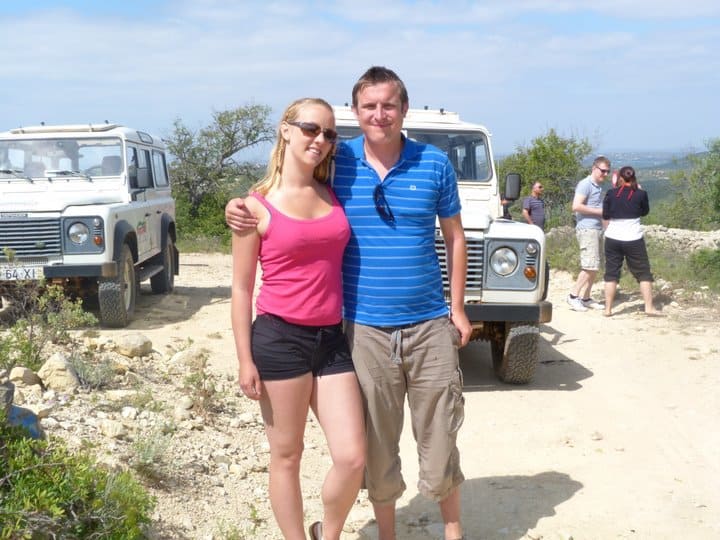
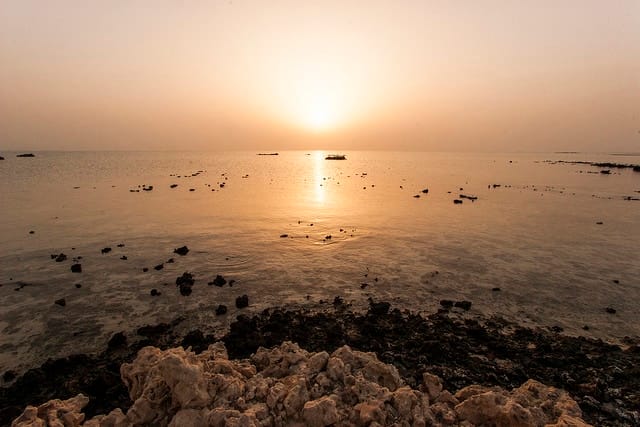
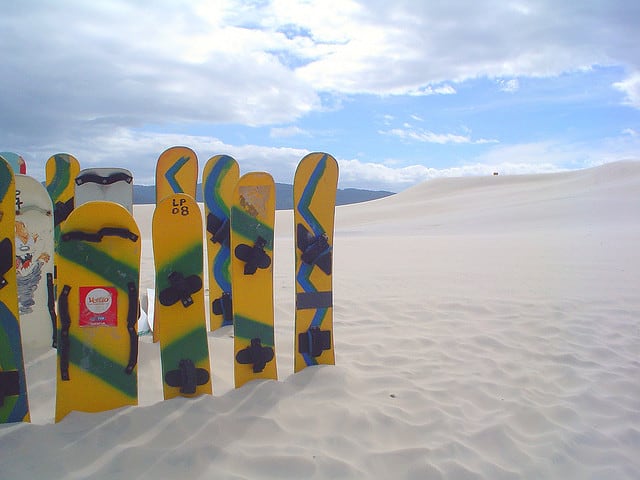
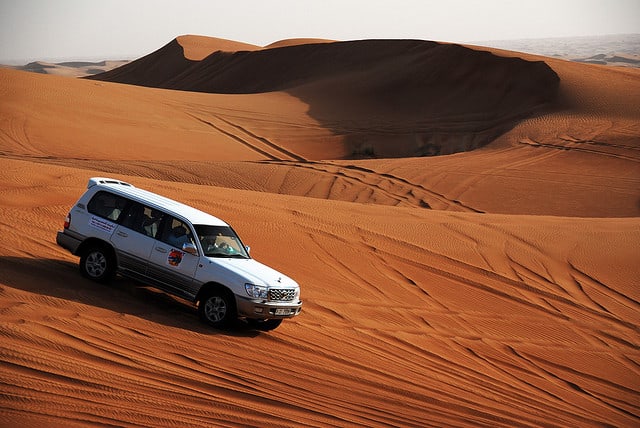
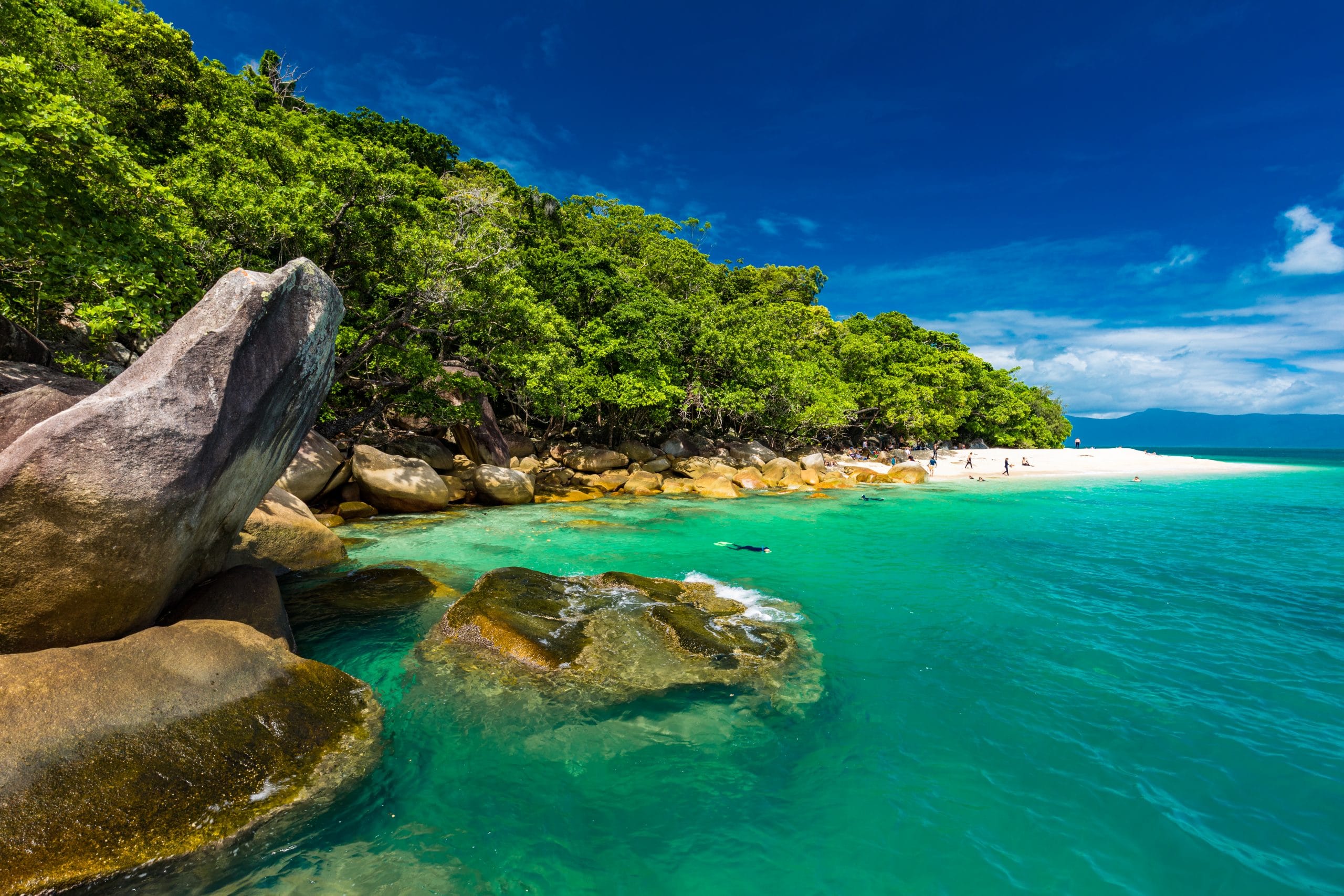
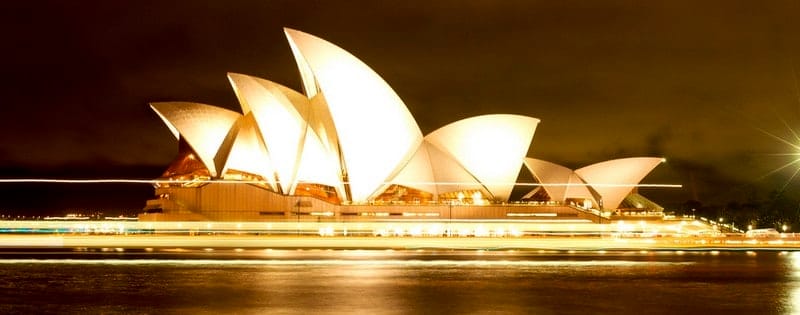
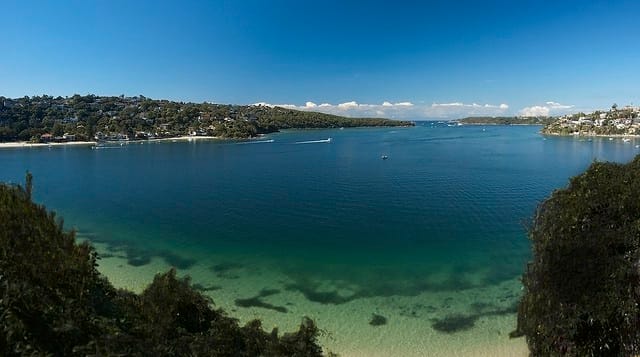
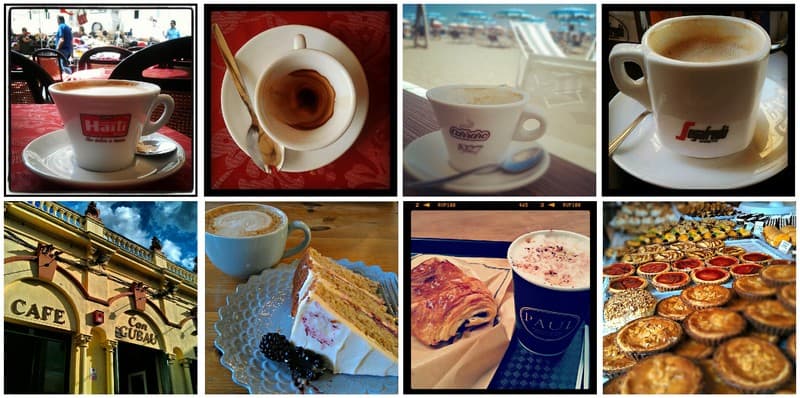
 We have been wearing out our jandals (Kiwi for flip-flops) on our travel adventures around the world since 2009. We think our blog is thought provoking and a little witty. But we have been proven wrong before. Find out more
We have been wearing out our jandals (Kiwi for flip-flops) on our travel adventures around the world since 2009. We think our blog is thought provoking and a little witty. But we have been proven wrong before. Find out more